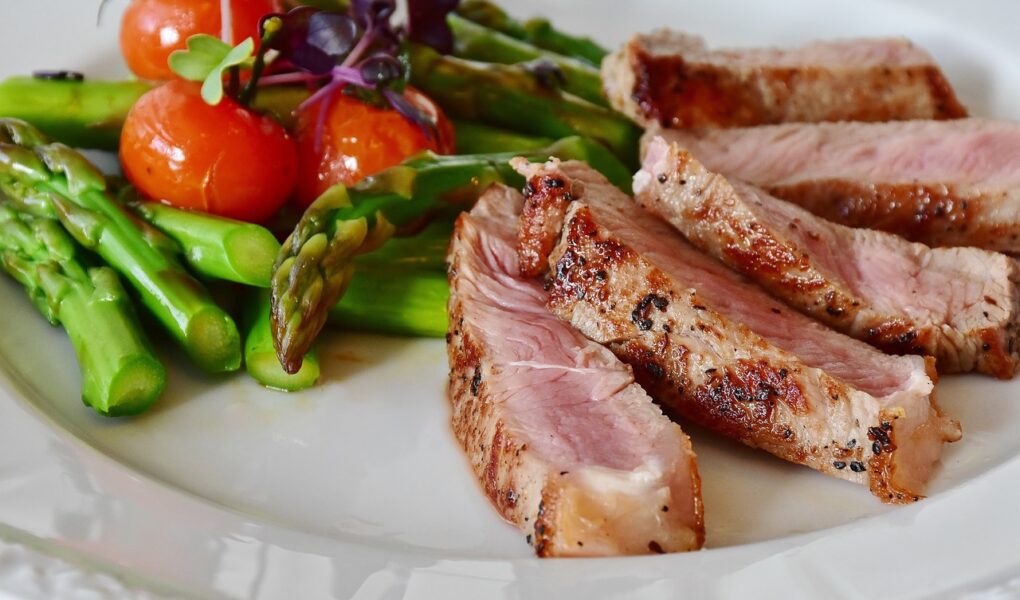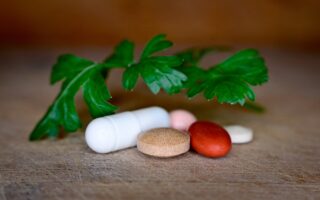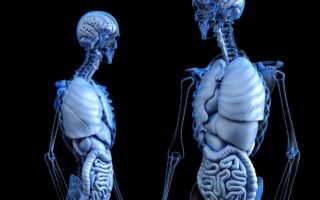Introduction
In this article, we will discuss about Carcinogenic Compounds in Cooked Meat and the potential health risks associated with consuming cooked meat and the presence of carcinogenic compounds that can be formed during the cooking process.
While meat is a popular dietary choice for many, it’s important to be aware of the potential downsides and make informed decisions about our food choices.
The Drawbacks of Meat Consumption
Meat consumption has been a part of human diets for centuries, but modern research has shed light on some of the drawbacks associated with it. First and foremost, meat lacks essential nutrients like fiber, which are crucial for maintaining a healthy digestive system and overall well-being.
Additionally, meat contains animal protein and saturated fat, which, when consumed in excess, can lead to health issues like obesity and heart disease.
Carcinogenic Compounds: A Cause for Concern
One of the most alarming aspects of consuming cooked meat is the presence of carcinogenic compounds that can be formed during the cooking process. These compounds have the potential to damage our DNA and increase the risk of developing cancer.
Let’s delve into two major types of carcinogens found in cooked meat.
Heterocyclic Amines (HCAs)
Heterocyclic amines (HCAs) are a group of DNA-damaging compounds that are produced when meat is cooked at high temperatures, such as grilling, frying, or oven-broiling. The longer and hotter the cooking process, the more HCAs are formed. Even seemingly harmless favorites like grilled chicken can contain higher concentrations of these cancer-causing substances.
HCAs are mainly derived from creatine or creatinine, specific amino acids, and sugars that are naturally present in meat, including fish. Therefore, regardless of the type of meat, HCA formation is more likely to occur during high-temperature cooking methods like grilling and frying.
Studies have indicated a possible link between the consumption of well-done meat and an increased risk of breast cancer and colon cancer. These findings underline the significance of understanding how the cooking process can impact the health risks associated with meat consumption.
Polycyclic Aromatic Hydrocarbons (PAHs)
Grilling or broiling meat over an open flame leads to fat dripping onto the hot fire, resulting in the production of flames containing polycyclic aromatic hydrocarbons (PAHs). These PAHs adhere to the surface of the meat, and the intensity of heat directly affects the amount of PAHs present.
PAHs are believed to be a significant contributor to human cancers, making it essential to be mindful of how we cook our meat to minimize exposure to these harmful compounds.
Reducing the Risks
While the presence of carcinogenic compounds in cooked meat is a cause for concern, there are steps we can take to reduce the associated risks. Here are some practical tips:
- Choose Lean Cuts of Meat
Opt for lean cuts of meat with less visible fat. This can reduce the amount of fat dripping onto the heat source during cooking, thereby minimizing the formation of PAHs. - Marinate Before Cooking
Marinating meat before cooking can help create a barrier between the meat and high heat, reducing the formation of HCAs. Additionally, certain marinades containing antioxidants, like herbs and spices, may help counteract the harmful effects of carcinogens. - Avoid Charring or Overcooking
Charring or overcooking meat can lead to the formation of more carcinogens. Aim for cooking meat to the recommended internal temperature without excessive browning or charring. - Diversify Your Diet
Reducing meat consumption and incorporating more plant-based foods into your diet can have numerous health benefits. Fruits, vegetables, whole grains, and legumes are rich in essential nutrients and fiber that can protect against various diseases, including cancer. - Practice Safe Cooking Methods
When cooking meat, choose gentler methods like baking, steaming, or stewing. These methods use lower temperatures and retain more moisture, reducing the formation of HCAs and PAHs.
Conclusion
In conclusion, the presence of carcinogenic compounds in cooked meat is a concerning factor that merits attention. While meat can be a part of a balanced diet, it’s essential to be mindful of how we cook it to minimize the risks associated with carcinogen formation.
By choosing lean cuts, marinating, avoiding charring, diversifying our diet, and practicing safer cooking methods, we can reduce exposure to harmful compounds and make healthier choices for our well-being.
Remember, a balanced and informed approach to dietary choices is key to maintaining good health. By understanding the potential risks and taking proactive steps, we can enjoy our meals while prioritizing our health and well-being.
Thank you for being here.

Penha Cristina Mullett
Brazilian Holistic Therapist
AADP Member
IPHM Member
Personal Trainer & Nutrition Coach Certificate



